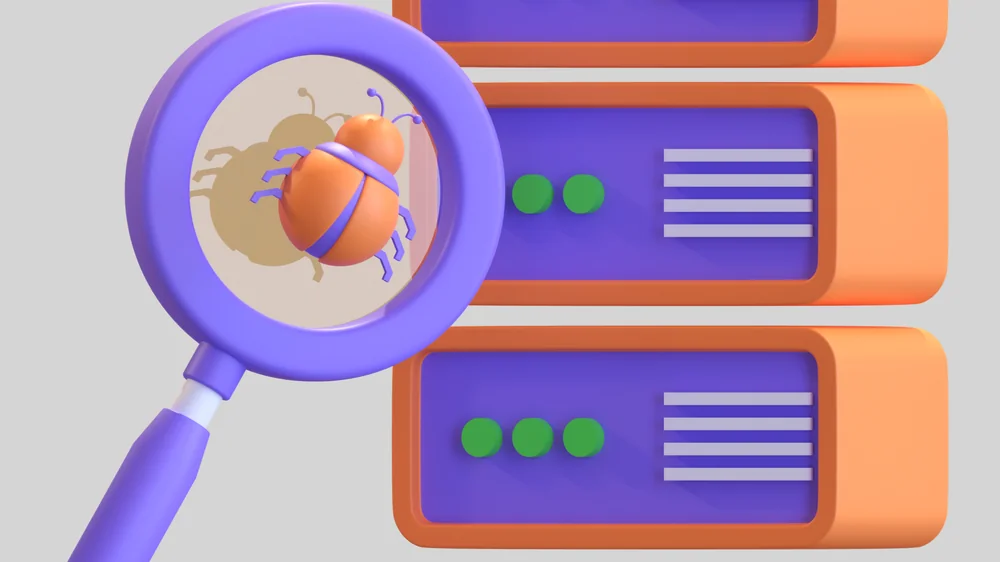Bounties Within the DAO Ecosystem
Bounties are not a new concept in the tech world. They have long been used as tools by organizations to reward individuals or groups for completing tasks. GitHub, PayPal, Google, Uber, and Shopify are among the most famous bug bounty organizers.
Within the Web3 and cryptocurrency ecosystem, bounties are used by many organizations to support their objectives and simplify getting work done.
What is a bounty in a DAO?
A bounty is a reward for completing a task, solving a problem, or even reporting one. For example, finding a bug within a website. Within the DAO ecosystem, bounties are usually awarded for more specialized activities, such as development, design, content, or other specific expertise. These tasks can be complex, lasting weeks or months, or achievable within a few hours.
Bounties are generally paid in cryptocurrencies or the DAO’s native token, which may be exchanged for fiat currency or held as a stake (share) in the DAO. They can be a fixed rate or dependent on the quality of the work received. Bounties act as an incentive for contributors to help build the organization and provide access to a wide range of talent outside the confines of formal employment or staff management. In this way, they can be utilized to address specific challenges that arise that require particular skill sets.
As a result, bounties have several benefits, such as increasing operational efficiency, rewarding contributors, increasing community engagement, and ensuring that DAO objectives are fulfilled.
How does a bounty work?
Although every organization has its own methodology for dealing with bounties, including advertising and fulfillment, they generally work in similar ways. For example:
- A task or project is proposed by the DAO stating the details and bounty reward in cryptocurrency or tokens. This is then approved internally.
- The bounty task is made publicly available in a setting where interested parties can express their interest and suggest solutions.
- After reviewing the proposals, the DAO will select individuals or groups to undertake the bounty task.
- Once the work is done and approved, the bounty is paid by the DAO.
How do bounties fit within the wider overall economy?
According to DeepDAO, the total assets of its known DAOs are valued somewhere in the region of $12.7 billion, indicating significant market capacity for this evolving organization type.
For bounty hunters, this could represent a new opportunity or stream of income, with some likening bounty hunting, the act of fulfilling tasks for a bounty, for DAOs to participating in the gig economy. Bounty hunters may seek out gigs, such as the ones listed on DAO job boards like this one, to supplement their full-time income or as freelance contractors on a full-time basis.
Summary
A bounty is a reward, usually in the form of a token or cryptocurrency, issued by a DAO to an individual contributor or group for the fulfillment of tasks. Bounties are designed to accelerate the speed at which a DAO can operate and increase its overall efficiency by drawing in qualified contributors.

